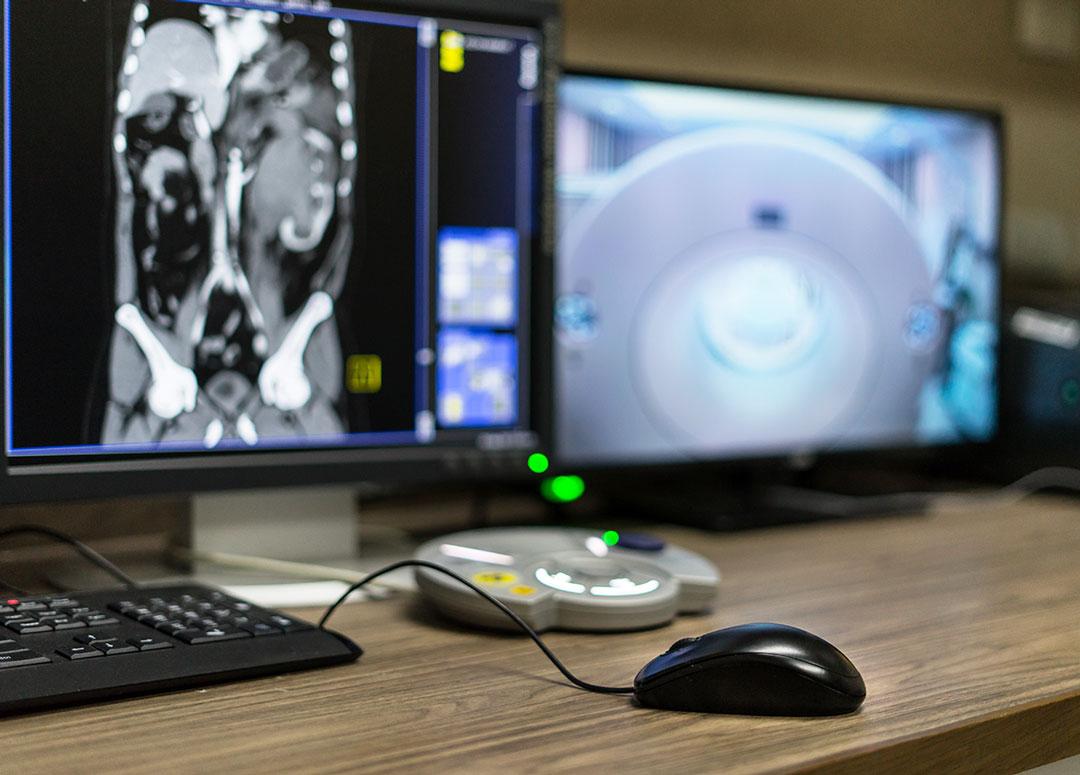
The new old world of imaging
I have been an expert in the world of digital imaging for more than ten years. In the recent past, I have sat in on several sales and other meetings explaining DICOM and what exactly it is used for. DICOM is nothing new, but now it is back on the agenda.
Digital imaging
When you broke your arm in the 1980s, your doctor would put up X-rays on a whiteboard for interpretation. It was spectacular, but it may not be the same today. Digital imaging has come a long way since then. Today, images are no longer printed on film, but viewed directly on a computer screen.
However, the journey from the machine to the computer screen for the doctor to view the X-ray is not a straightforward one. In the 1990s, the DICOM standard for digital imaging was developed, and is still the de facto standard from large hospitals to small clinics.
What is DICOM?
DICOM stands for Digital Imaging and Communication in Medicine. The nearly 7000-page standard covers much of the data content and information flow in the imaging workflow.
DICOM can broadly be thought of as covering two specifications: the DICOM file format and the associated network services. DICOM file formats do not only cover X-ray images, but also include, for example, ECG charts and PDF content.
DICOM web services include print, worklist, storage and retrieval services. In addition to the original binary data protocol for these services, DicomWeb services have been defined, where information flows over the modern HTTP protocol. However, the original format is still heavily used by both imaging equipment and other systems.
Data will no longer travel on CDs in the future
For some years now, patient data from medical record systems have been going to Kanta, but the situation has not been the same for imaging systems. The National Imaging Data Archive, Kvarkki among friends, is the system that will eventually contain all imaging studies taken in Finland.
Kvarkki has taken a big step forward this year and last, with other organisations joining Kvarkki in addition to the first pilot projects. Kvarkki will also take imaging in Finland to a new level, as images will move between organisations via Kanta services and patients will no longer have to carry them on CDs.
Because of Kvarkki, DICOM is on the lips of all organisations right now; in the same way that e-prescribing was a few years ago. And the pace will only accelerate next year when dental imaging becomes part of Kvarkk. In dentistry, x-rays are taken at almost every visit.
So where do we go from here?
DICOM is certainly not going anywhere. Personally, I would see, or at least hope, that DICOMWeb and, for its part, the IHE-defined XDS, would gain more ground alongside traditional DICOM. After all, XML, JSON, SOAP and other modern ways of transferring information are more to the liking of developers than the binary form of DICOM that originated in the 90s.
In ten years’ time, we will certainly see more of these technologies. XDS has already effectively replaced the traditional DICOM Query/Retrieve in Kvark, and rightly so. Even if the services are modernized, the imaging content itself will certainly remain the same, i.e. DICOM files are not going anywhere — quite the contrary. Particularly for Kvark, there will certainly be some thought given to how to bring data that may have previously been easily removed from the DICOM archives into Kvark.
That change will certainly be an interesting challenge that we at Atostek want to take up.
Marko Leppänen
Senior Software Designer, DICOM Specialist